Description
The first written testimony of the cultivation of Basmati rice in India seems to have been reported in the Heer Ranjha text, which dates back to 1766, but probably the Basmati had been cultivated for a long time. Subsequently, the Indian traders exported it to the Middle East and it became a fundamental element of the Indo-Pakistani cuisine, very common also in the Persian and Arab ones.
PRINCIPATO DI LUCEDIO BASMATI RICE: COOKING
The Principato di Lucedio Basmati Rice is suitable for the preparation of side dishes. In Eastern countries, basmati is used to make pilaf, with a little water or broth and the addition of onion, cinnamon, cloves and butter.
Two famous recipes for which basmati rice is suitable are curry rice and Cantonese rice.
Principato di Lucedio also offers a recipe with ham and peas. Let’s see it!
Basmati Rice with ham and peas
Ingredients (serves 4): 250g Basmati Rice, 3 slices ham 1.5cm thick, 200g small-size peas, 3 eggs, 1 tablespoon extra virgin olive oil, salt, pepper.
Preparation:
- Put the rice in a pot filled with cold salted water (1.5 cm higher than the rice level).
- Bring it to the boil, cover and let it cook for 12-13 minutes.
- In the meantime prepare 3 thin omelettes and dice them as well as the ham.
- Stew the peas in the oil for about 10 minutes, add salt, pepper, ham, omelettes, rice and let it flavour for 5 minutes.
PRINCIPATO DI LUCEDIO BASMATI RICE: INGREDIENTS AND PACKAGING
Basmati Rice. Origin: India.
Packaged in protective atmosphere.
Store in a cool and dry place.
LUCEDIO AND RICE
Principato di Lucedio rice has a centuries-old history.
At the beginning of the 12th century, the Vercelli plain north to the Po was largely covered by woods, scrubland, moorland, marshy lands.
The Cistercians had very advanced agricultural knowledge and techniques for the time. They created space by clearing the woods and other ground unsuitable for grazing.
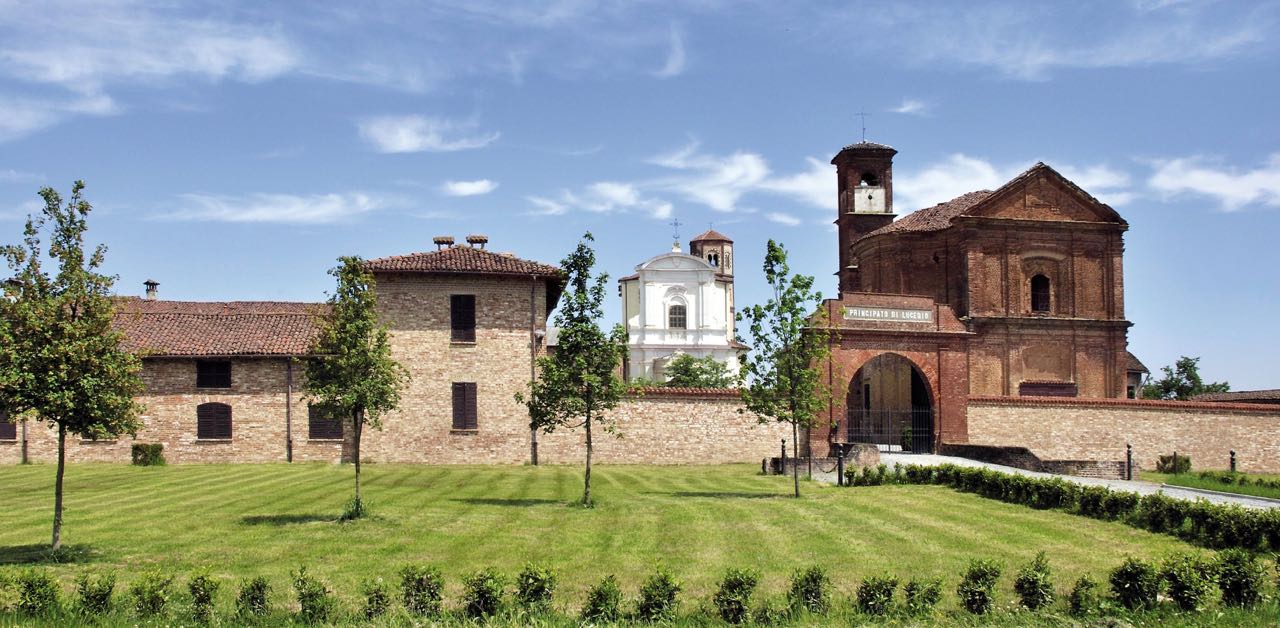
At the beginning, rice was probably planted in the cloisters for medicinal purposes; then the monks realized that it also grew well in open fields. Perhaps, already in the fourteenth century, hundreds of hectares of rice were being grown.
Today “Principato di Lucedio" is a farm covering over 500 hectares.
The architectural complex of the Abbey is part of the Bosco delle Sorti della Partecipanza, a Piedmont Regional Park that protects one of the few remaining lowland forests.
The production process of the Principato di Lucedio rice, with a low environmental impact, and the packaging, without preservatives in modified atmosphere, guarantee products with high nutritional qualities.
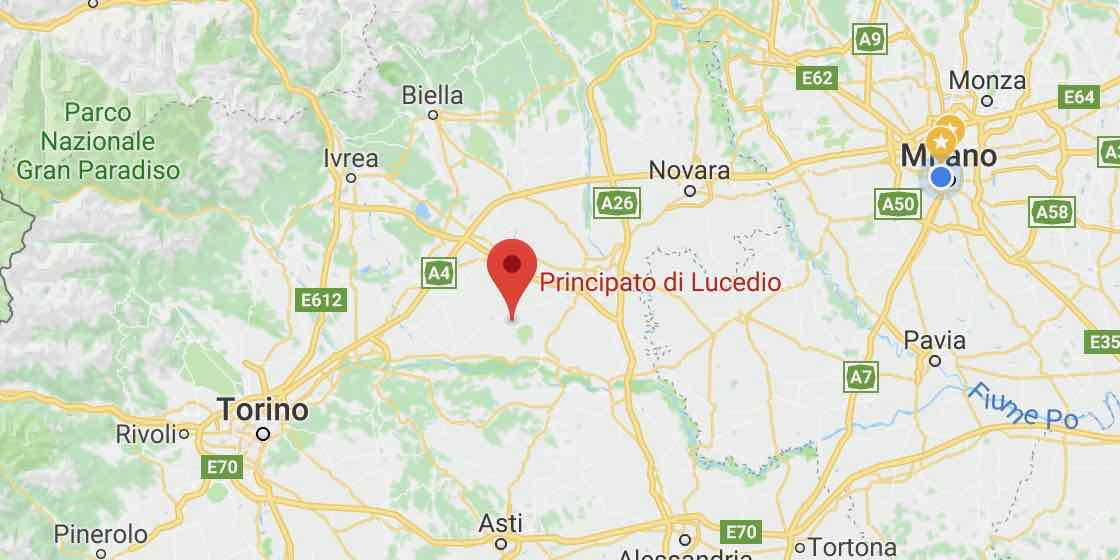
PRINCIPATO DI LUCEDIO: LUCEDIO THROUGH THE CENTURIES
Principato di Lucedio is located in Trino, in the province of Vercelli, in the heart of Piedmont.
The history of the Principato di Lucedio begins centuries ago. It was initially an abbey, the abbey of Lucedio, to then be secularized and, through various vicissitudes, become principality, the principality of Lucedio.
The monastery received important donations in the area of Vercelli and also in more distant territories and, over time, became a thriving center of economic and political power.
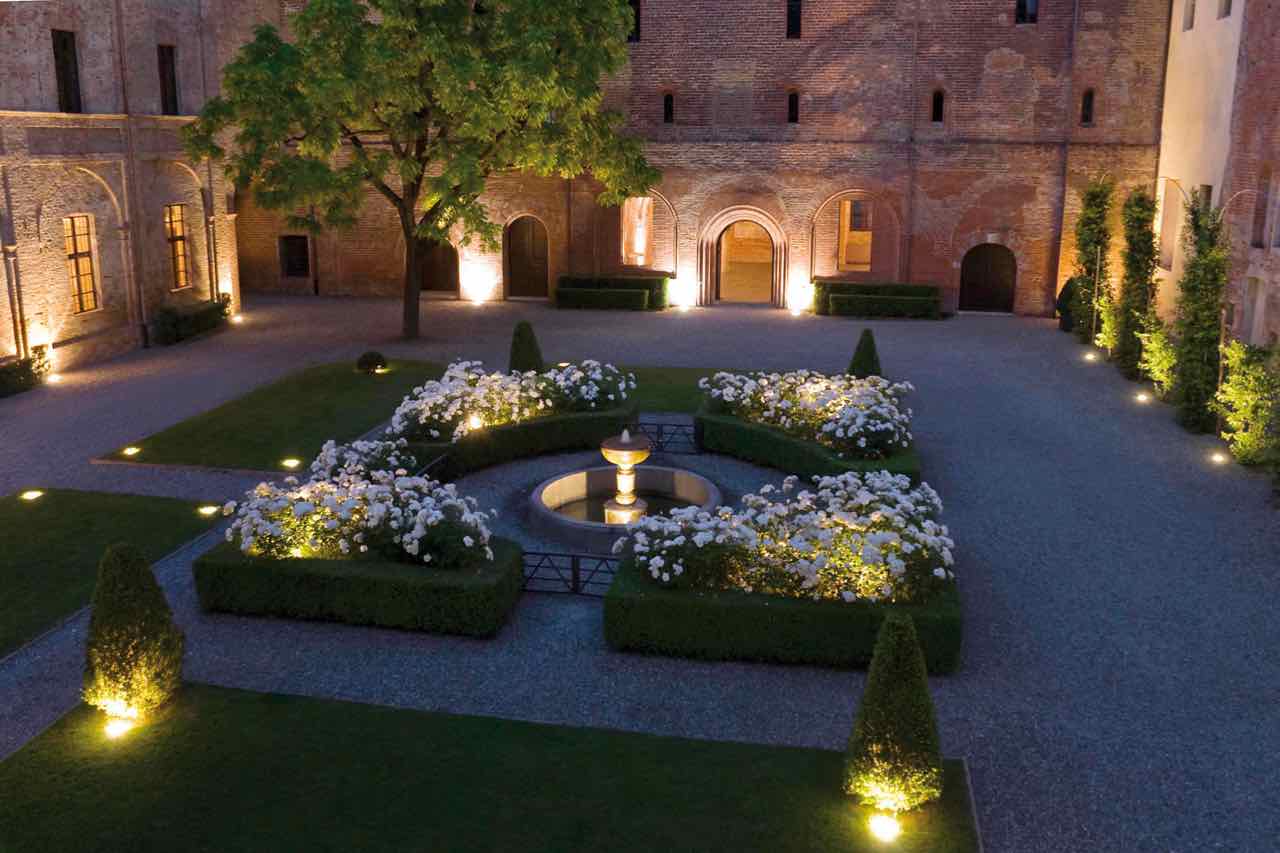
In 1784 Pius VI secularized the abbey and in 1800, with the French domination, the former abbey and almost all its assets were confiscated.
It was then owned by Napoleon’s brother-in-law, Prince Camillo Borghese, and subsequently, in 1818, was sold to a company composed of the Marquis Michele Benso di Cavour and Carlo Giovanni Gozzani of San Giorgio and Luigi Festa.
The marquis Gozzani of San Giorgio then left the Grangia of Lucedio and Montarolo in inheritance to his nephew Felice Carlo who, in 1861, ceded the property to the Genoese Raffaele de Ferrari, Duke of Galliera. Vittorio Emanuele II gave him the title of prince for services rendered to his country. The son of the Duke De Ferrari renounced the title and donated the property to his cousin, the Marquis Andrea Carrega Bertolini, whom the king granted to take the title of prince of Lucedio.
In 1937 Count Cavalli di Olivola bought the property. The daughter, the countess Rosetta Clara Cavalli d’Olivola Salvadori di Wiesenhoff, is the current owner.


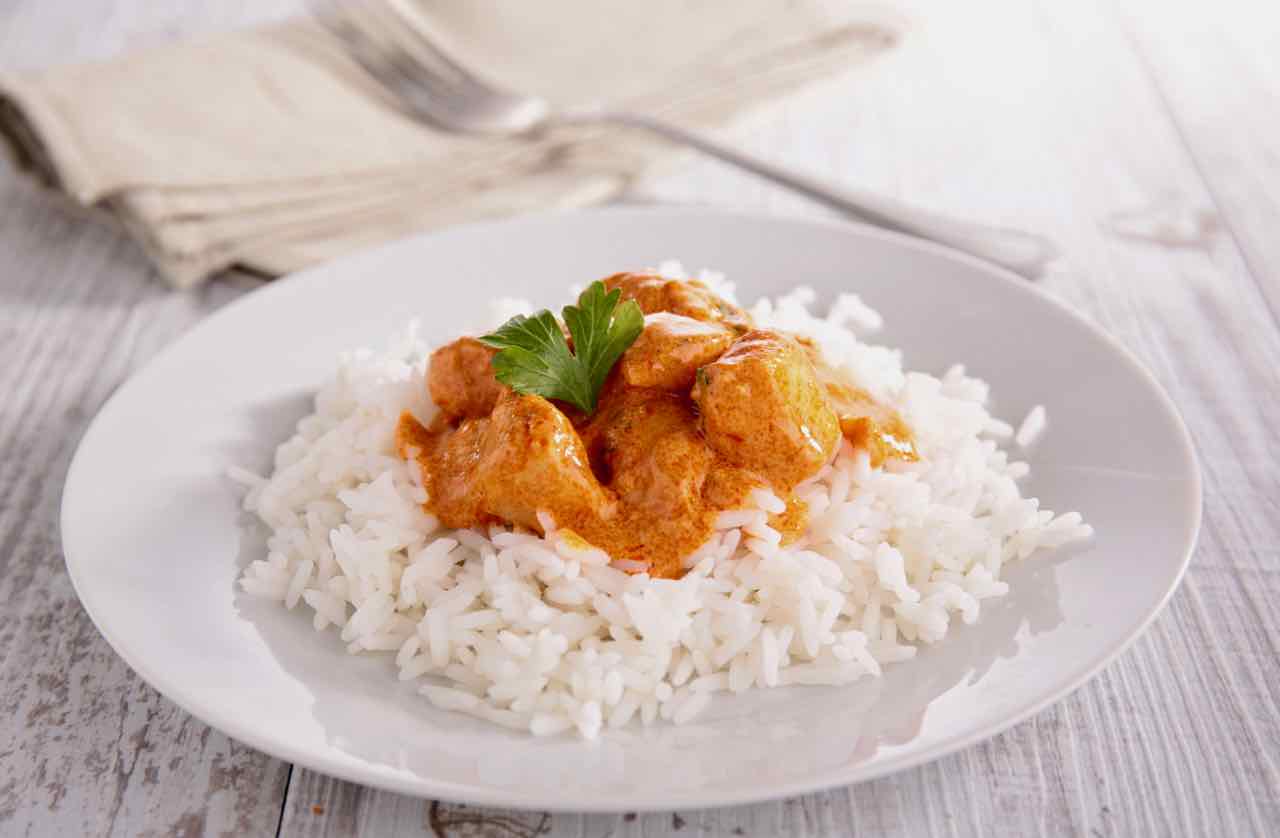
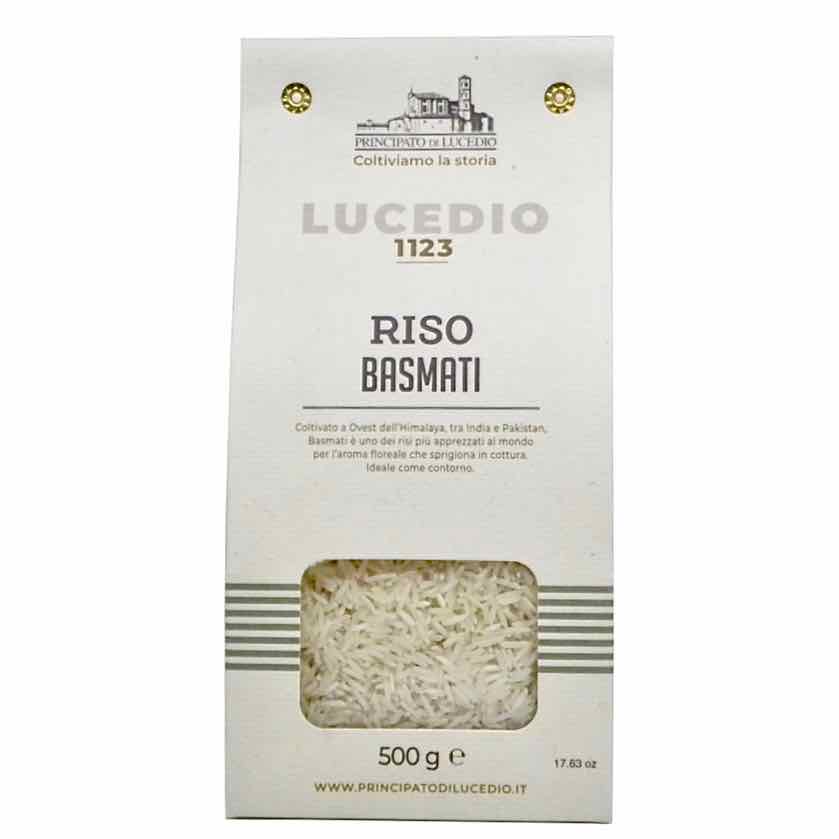
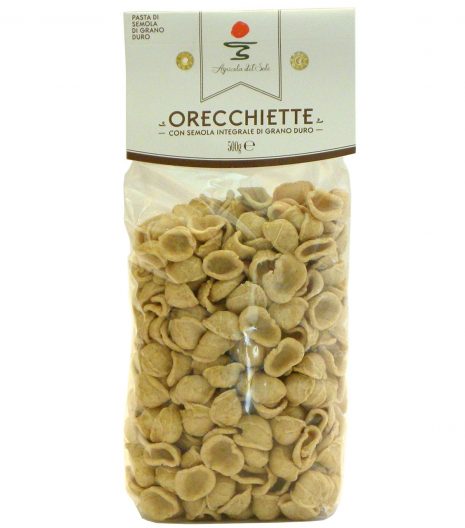
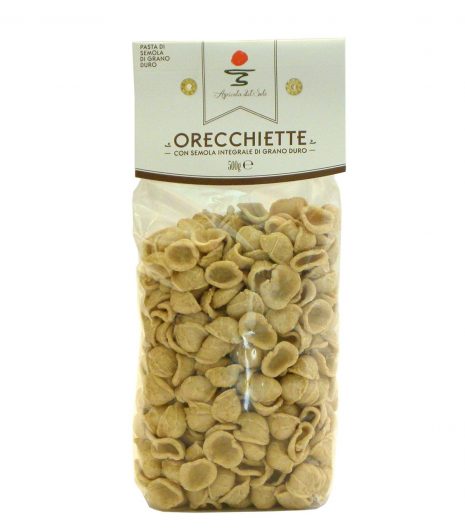

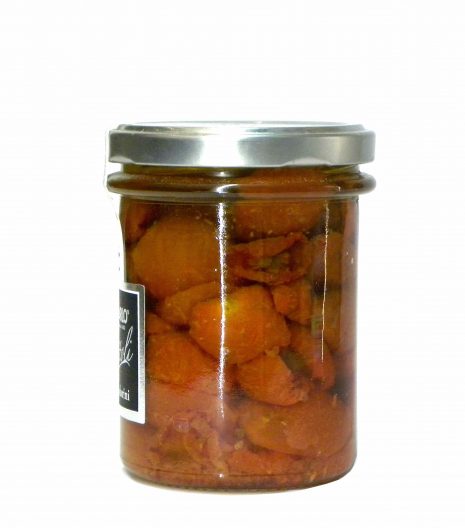
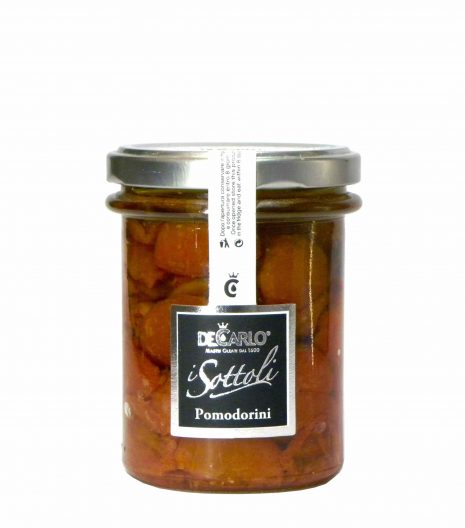
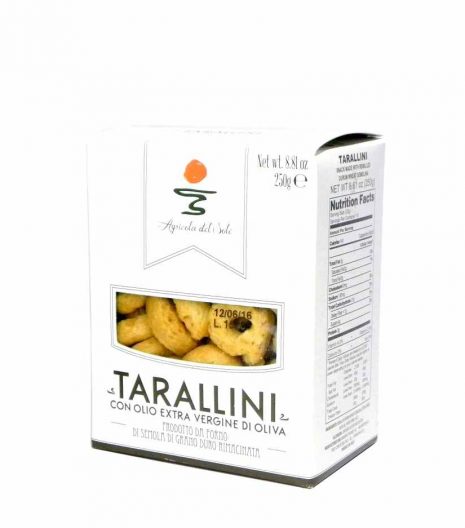
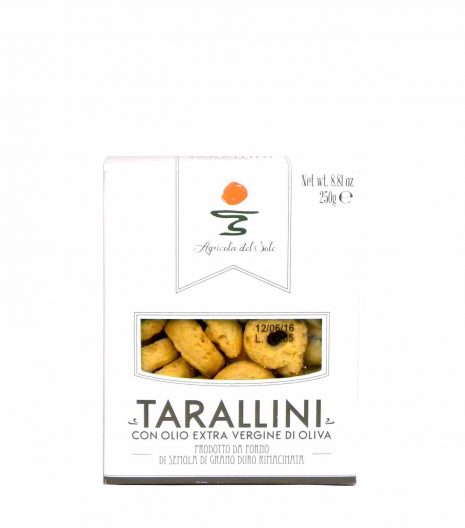
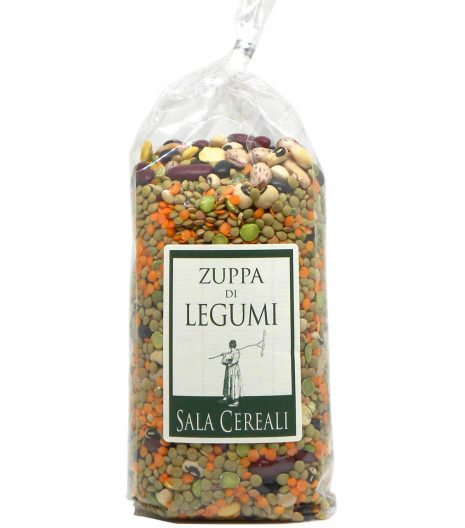
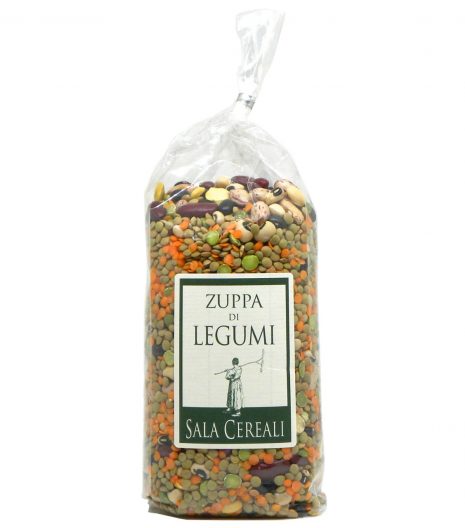
Customers review
Rate it!
Only logged in customers who have purchased this product may leave a review.
Write A Review1 review for Principato di Lucedio | Basmati Rice 500 g
Have a good consistency and it is perfect for cold salads or to be eaten warm. I have tried the lemon risotto recipe that came with my order and now it has become one my family’s favorite dishes